Complete Solutions to Exercises (Linked Comprehension) of chapter BIOMOLECULES of Class 12 book with complete answers and questions
| Class 12 | CHEMISTRY |
| Chapter | BIOMOLECULES |
| CENGAGE CHEMISTRY | Exercises (Linked Comprehension) |
| Number Of Questions | 36 |
| Academic Year | 2023-24 |

The name of compound `(A)` is:
View Solution
The number of moles of `HIO_(4)` required in the above reaction is:
View Solution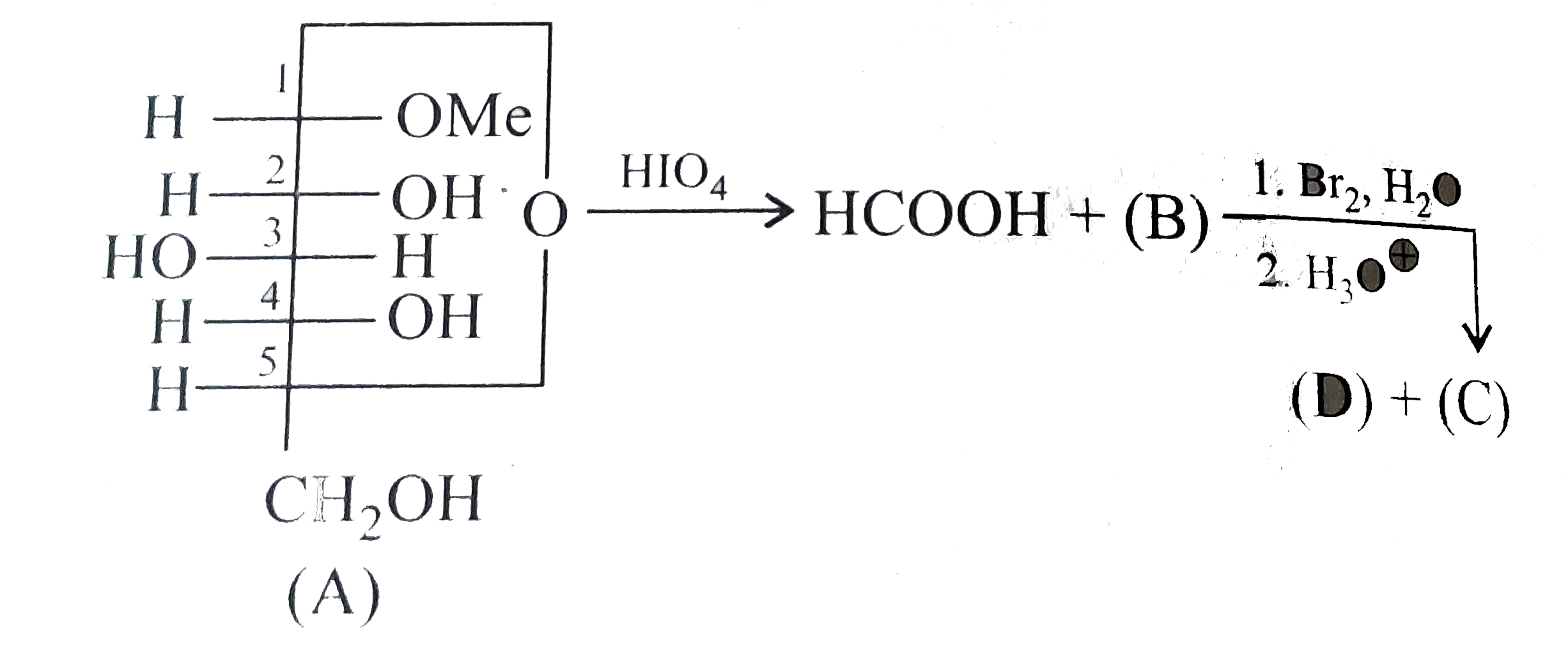
The structure of `(B)` is:
View Solution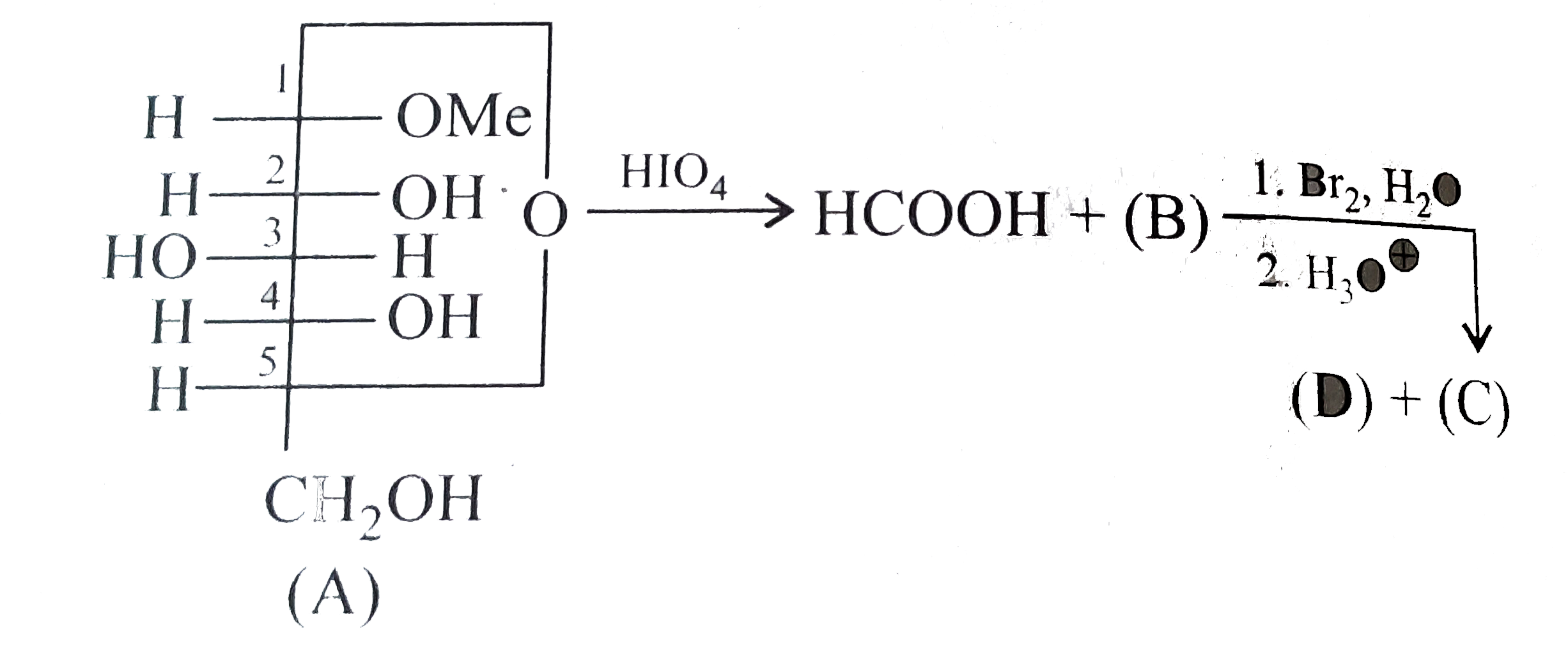
Compound `(C )` and `(D)` are:
View Solution
The name of compound `(A)` is:
View Solution
The number of moles of `HIO_(4)` required in the above reaction is:
View Solution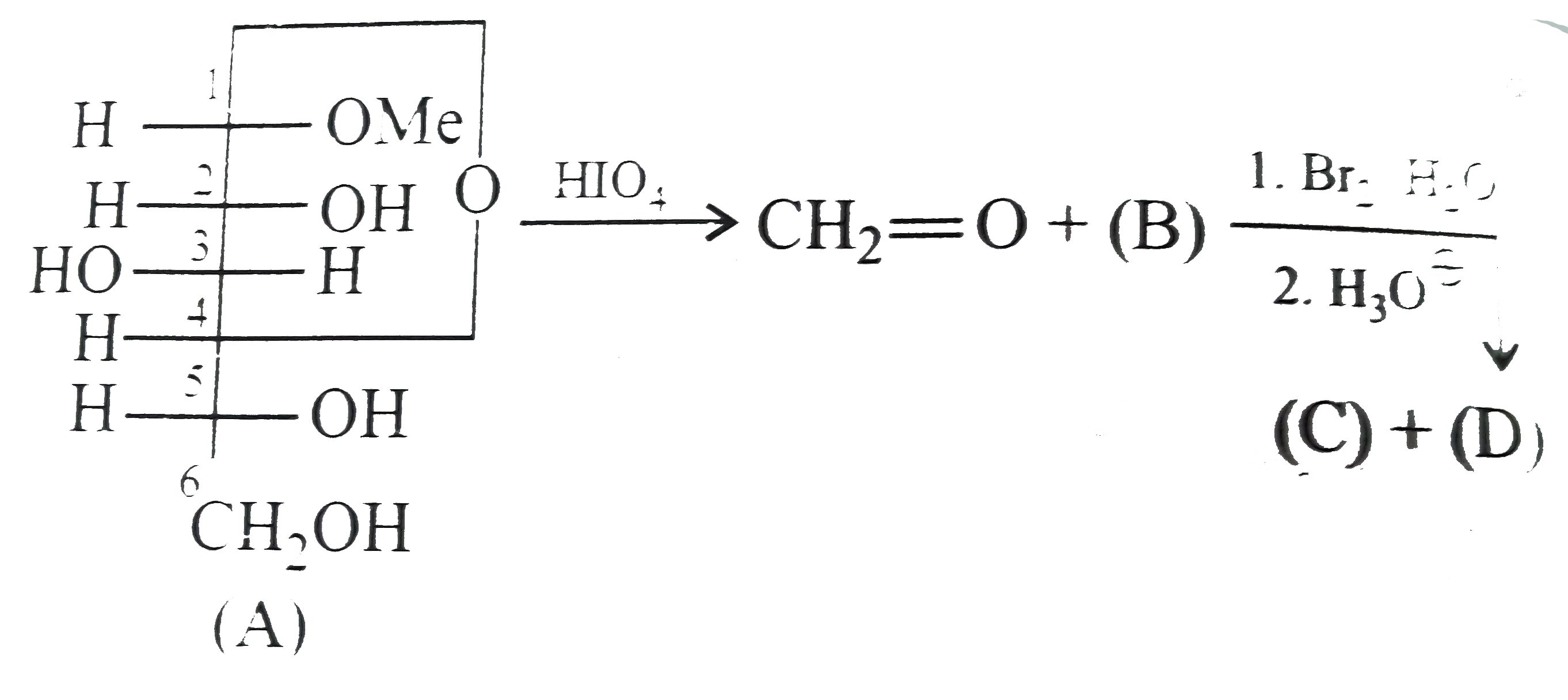
The structure of `(B)` is?
View Solution
Compound `(C )` and `(D)` are:
View Solution
Which sta tement`(S)` `is//are` correct about `(A)`?
View Solution
Compound `(B)` is:
View Solution
Compound `(C )` is:
View Solution
Compound `(D)` is:
View Solution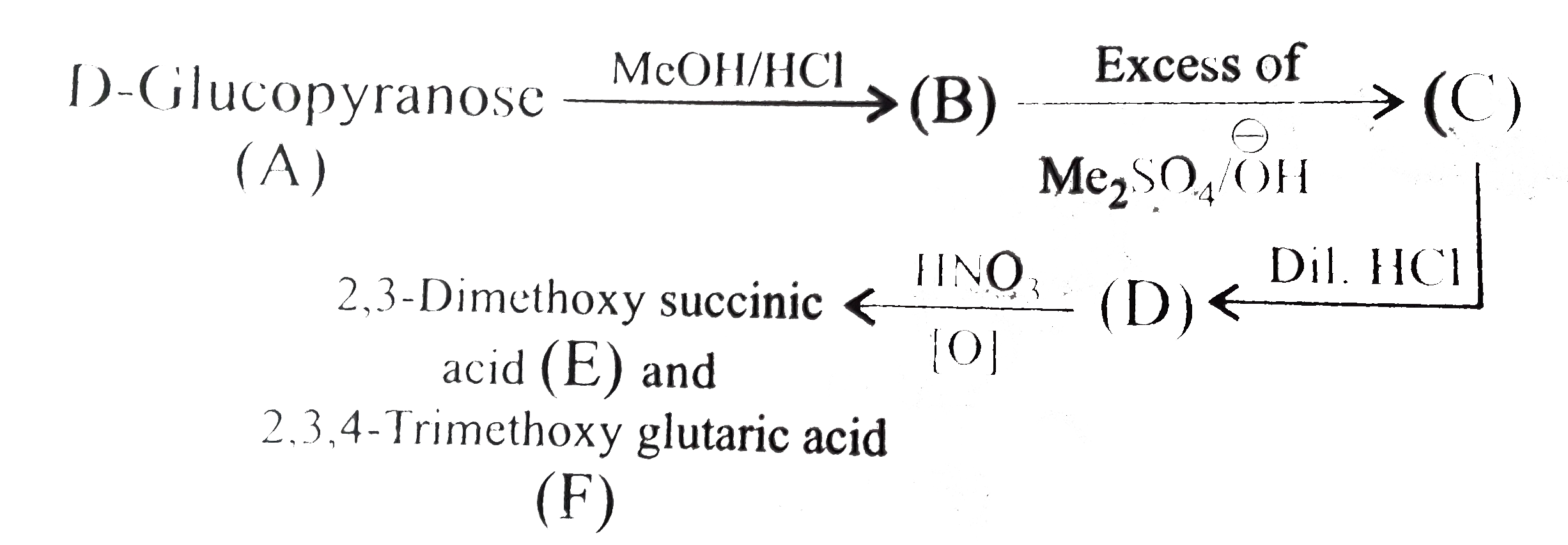
Which statement`(S)` `is//are` correct about the products `(E)` and `(F)`?
View Solution
Which statement`(S)` `is//are` correct about `(A)`?
View Solution
Compound `(B)` is:
View Solution
Compound `(C )` is:
View Solution
Compound `(D)` is:
View Solution
Which statemetn`(S)` `is//are` correct about the products from `(D)` by path `(a)` and path `(b)`?
View Solution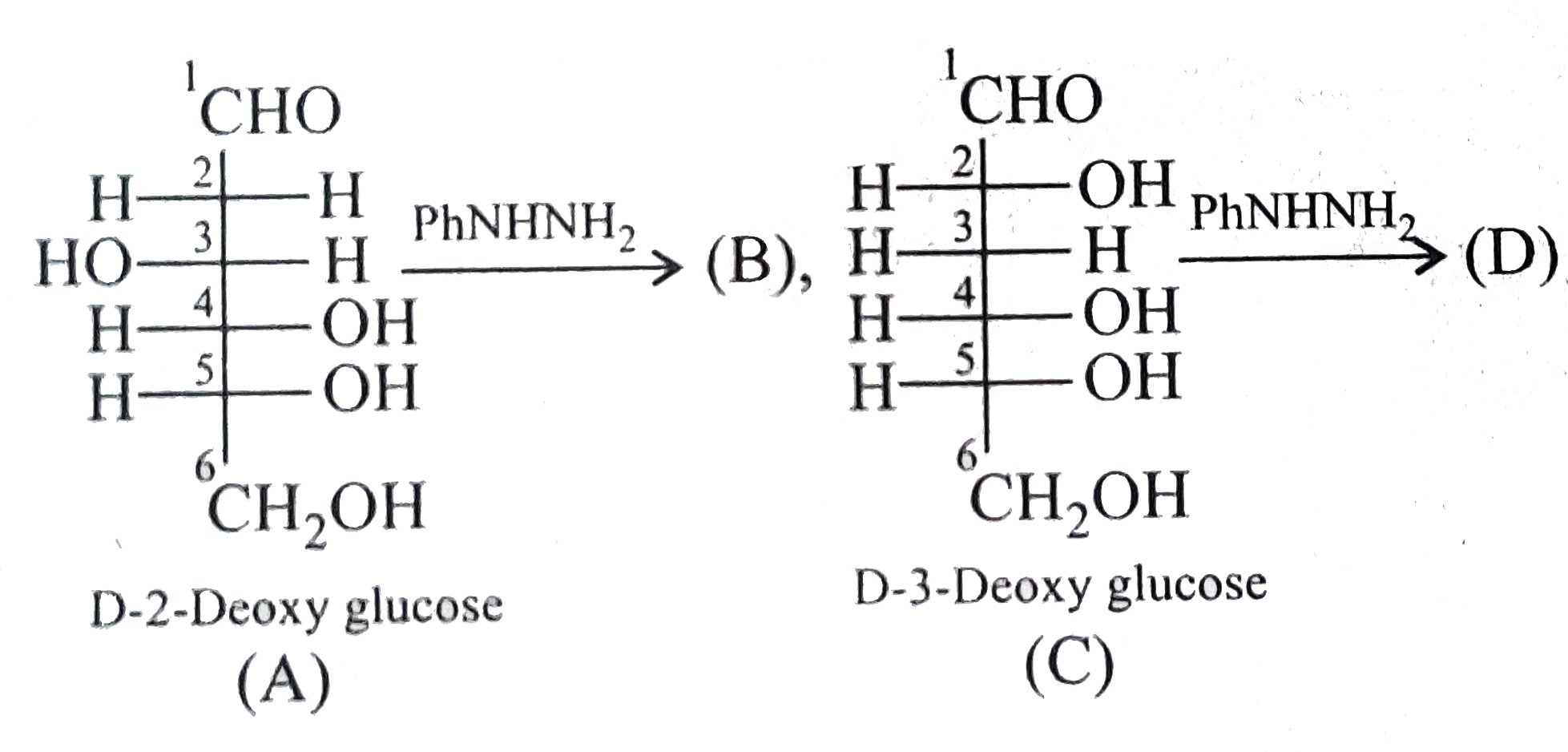
Compound `(B)` is:
View Solution
How many moles of `PhNHNH_(2)` react with `1 mol (A)`?
View Solution
The compound `(D)` is:
View Solution
How manty moles of `(C )` react with `1 mol PhNHNH_(2)`
View Solution
The dipeptide `(III)` is:
View Solution
The tripeptide `(II)` is:
View Solution
The tetrapeptide `(I)` is:
View Solution
Compound `'A'` has many functional groups.
View Solution
Compound `(B)` is:
View Solution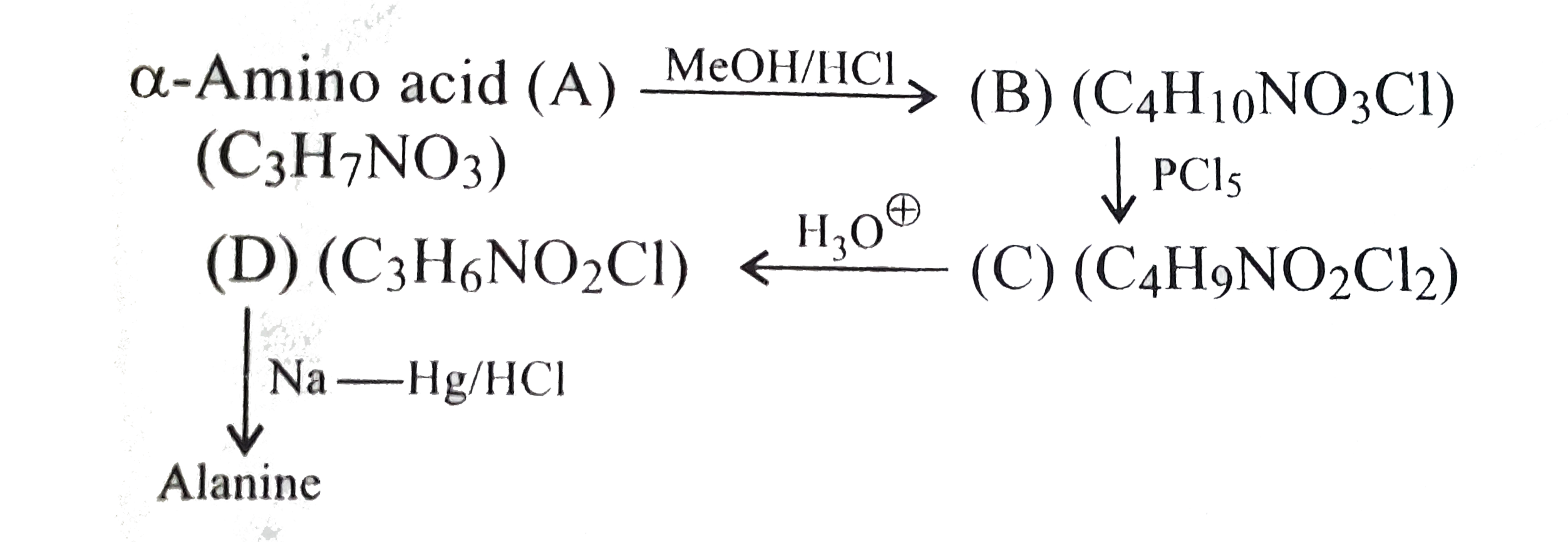
Compound `(C )` is:
View Solution
Compound `(D)` is:
View Solution
Account for the acidity of `L-`ascorbic acid `(pK_(a)=4.21)`. Which of the following is most acidic `H`? (Marked in the structure as `H^(a),H^(b),H^(c ) "and" H^(d))`
View Solution
How many chrial centres are in `(G)` (L-ascorbic acid) ?
View Solution
If the lacetone formation in compound `(G)` takes place between `C-1` and `C-5`, then the structure of `(G)` can be represented as:
View Solution
Two isomeric products are obtained in `(B)`. They are:
View Solution
The sequence from `(A)` to `(D+E)` is called:
View Solution
Two isomeric products are obtained in `(C )` they are:
View Solution
The compounds `(F)` and `(G)`, respectively, are:
View Solution
Exercises (Linked Comprehension) questions and complete solutions for chapter BIOMOLECULES of CENGAGE CHEMISTRY (ENGLISH) of Class 12
All Exercises from CENGAGE CHEMISTRY Class 12 CHEMISTRY BIOMOLECULES
- Exercises (Assertion-Reasoning)
- Exercises (Concept Application)
- Exercises (Linked Comprehension)
- Exercises (Multiple Correcttype)
- Exercises (Single Correcttype)
- Exercises Archives (Analytical And Descriptive)
- Exercises Archives (Assertion-Reasoning)
- Exercises Archives (Single Correct )
- Illustration
- Solved Examples